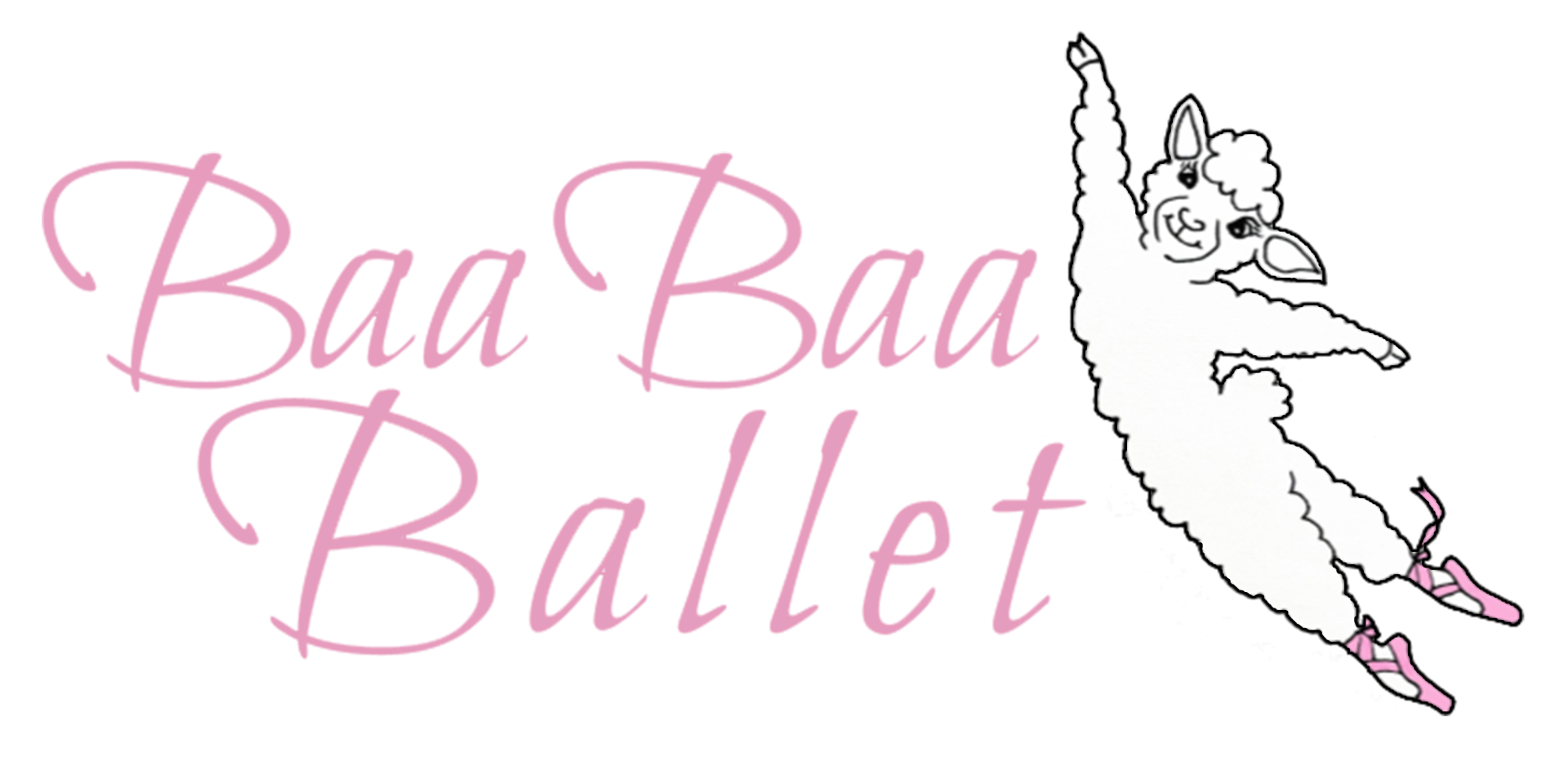
Pointes and Perspective #32 Make Space For Dance
Make Space for Dance
Dance educators, teachers, and school directors are always looking for performance opportunities outside of competitions and recitals.
There are many spaces, organizations, and opportunities for outreach, where your students can perform. Community festivals, charity showcases, parks programs, fairs, amusement parks, parades, sports events, schools, nursing homes, senior citizen centers, retirement communities, public libraries, day cares, camps, malls, tree lightings, fundraiser events and auctions, museums and more! Everyone benefits when you bring your performances to new venues and expose new audiences to the art!
When considering performance venues, don’t count out getting creative with a Site-Specific performance. Site-specific art is a work created to exist in a certain place or specific location, such as a garden, gallery, boardwalk, or other non-traditional space. Typically, the artist takes the location into account while planning and creating the artwork. This art can include Dance, the artist being the choreographer.
When I was 18 years old, dancing with The Princeton Ballet, I was selected to dance in a site-specific piece at the Princeton University Chapel for their Christmas Eve Service. Choreographer, Sherry Alban, was asked to choreograph a ballet, to be performed in the aisles of the chapel, while the Princeton Boy Choir sang from the sanctuary. The Princeton University Chapel is absolutely miraculous, and dancing in this enchanting setting was magical! Sherry Alban’s choreography gracefully intertwined with the particular space, dynamic voices, and tremendous energy of the venue. It remains one of my most treasured performances!
Years later when I founded my first Ballet academy and non profit Ballet company, I was considering performance opportunities for my company. Interestingly, I found out that the Riverside Symphonia was holding their winter concert in the Lambertville Baptist Church. I immediately contacted the director of the symphony, and expressed interest in creating a site-specific Ballet in the aisles of the church during their performance. The director advised me that I would have to plug the idea to the conductor of the symphony. Over a cup of coffee, I presented my idea to the conductor, who loved it, and he was eagerly pleased to inform me that Tchaikovsky’s Waltz Of The Flowers just happened to be on the program! We agreed to the collaboration, and he asked me to choreograph not only the waltz, but a second piece to their performance of Greensleeves. I was ecstatic with the opportunity to create this site-specific ballet, and provide this experience for my company, inspired by one of my favorite past performances!
The opportunity to create another, more challenging, site-specific piece of choreography, came from a fine artist, renowned painter, Robert Beck. Beck is an American painter and writer who is known for his plein air paintings of scenes in Bucks County, Pennsylvania, Jonesport, Maine, and New York City. Robert was planning a show of his most recent paintings, in his gallery, and wanted to host a Ballet performance at the show’s opening. The perplexity would be that my choreography would have to be performed in a 12 foot corner of his gallery! I choreographed a trio en pointe, using heavy adagio, posé, and moments of quiet, titled, “Still Life.” To this day, it remains one of my favorite pieces of choreography.
Site-Specific art is rewarding in many ways! For the choreographer, it is enlightening and inspiring! The site itself inspires the choreography, and can reflect the space's story, history, architecture, or intention.
Oftentime, it involves collaboration, exposing everyone involved to new experiences, and new relationships through shared visions.
Dancers benefit and grow as they work in unconventional settings and environments, enjoying an immersive experience, seeing dance from different angles and perspectives.
And Site-Specific dance performance offers exposure, engaging with new audiences and communities by eroding the boundaries between performers and audience that are defined by conventional theatrical spaces, and welcoming new patrons of the art.
So when looking for new performance opportunities, consider creating a Site-Specific performance. Search for a space that speaks to you. A space where you “see” movement. Where you “see” Dance. And choreograph Dance, specifically with the space in mind, where it can take up residence, and give new definition and life to the space.
Make Space for Dance.

